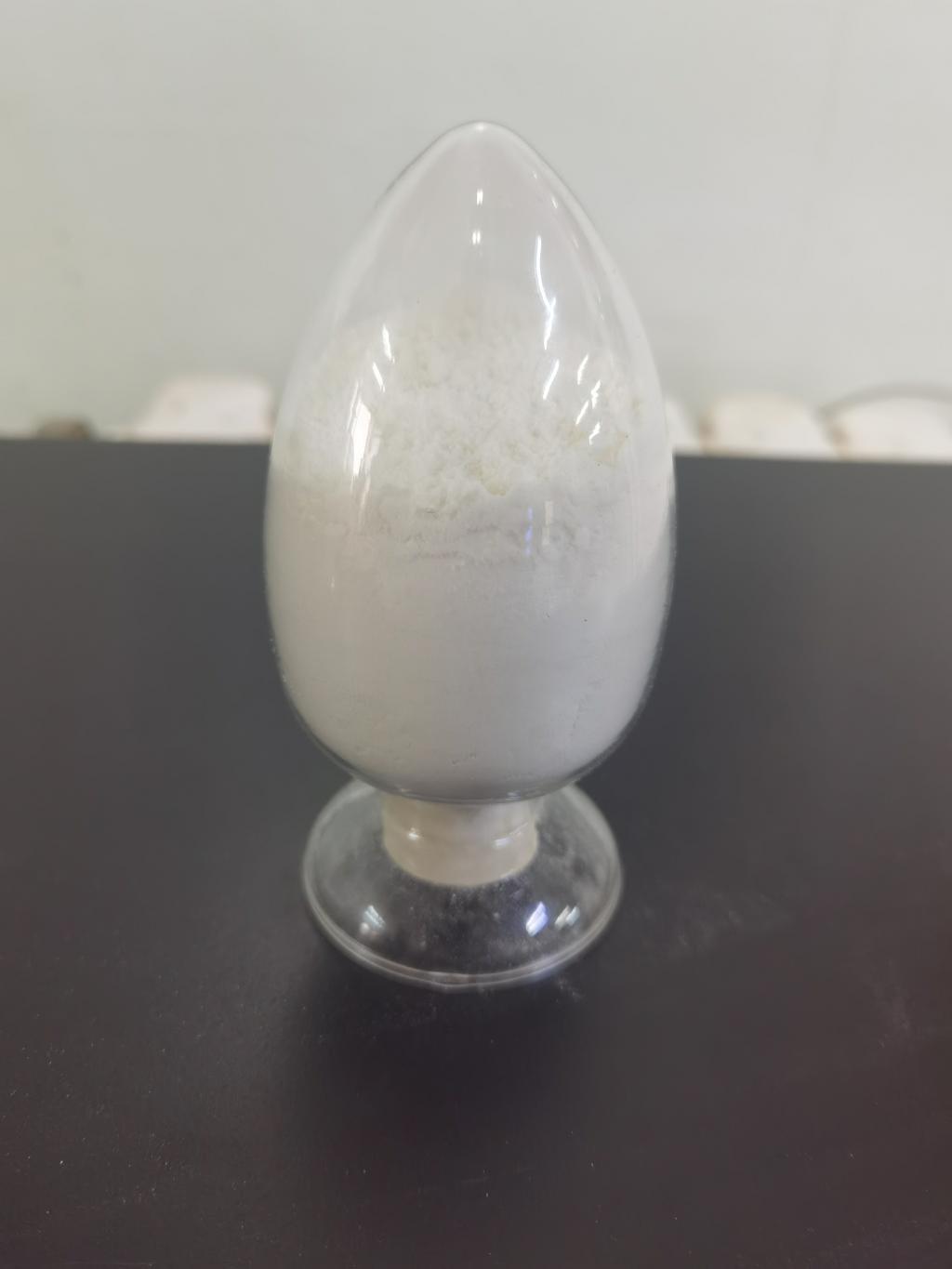Tel:0086 18231198596

News
ε-Polylysine Hydrochloride's Potential in Non-Food Applications.
TIME:2023-09-11
ε-Polylysine Hydrochloride: A Brief Overview
Before delving into its non-food applications, it's essential to understand ε-polylysine hydrochloride's key characteristics:
a. Natural Origin: ε-Polylysine hydrochloride is derived from natural fermentation processes, aligning with the demand for natural and sustainable products.
b. Antimicrobial Properties: It effectively inhibits the growth of various microorganisms, including bacteria, fungi, and yeasts.
c. Water Solubility: ε-Polylysine hydrochloride readily dissolves in water, making it easy to incorporate into various formulations.
d. Safety Profile: Recognized as Generally Recognized as Safe (GRAS) by regulatory authorities, ε-polylysine hydrochloride is considered safe for use in different applications.
Cosmetics and Personal Care
The cosmetics and personal care industry has embraced ε-polylysine hydrochloride for its unique benefits:
a. Preservative Agent: It serves as a natural and effective preservative in skincare products, helping to prevent microbial contamination and extend shelf life.
b. Antibacterial Properties: ε-Polylysine hydrochloride's antimicrobial properties make it an ideal ingredient for products like anti-acne creams, deodorants, and oral care products.
c. Water-Based Formulations: Its water solubility allows for easy integration into water-based cosmetic formulations, ensuring product stability.
d. Reduced Synthetic Preservatives: The use of ε-polylysine hydrochloride can reduce the need for synthetic preservatives, aligning with the trend towards cleaner and safer beauty products.
Pharmaceuticals
ε-Polylysine hydrochloride holds promise in the pharmaceutical sector:
a. Drug Delivery Systems: Researchers are exploring its potential in drug delivery systems, where it could enhance the stability and bioavailability of pharmaceutical compounds.
b. Antimicrobial Coatings: It can be used to develop antimicrobial coatings for medical devices, reducing the risk of infections associated with implanted devices.
c. Wound Care: ε-Polylysine hydrochloride's antimicrobial properties are valuable in wound care products, where it can help prevent infections in cuts and abrasions.
d. Ophthalmic Solutions: Water-soluble ε-polylysine hydrochloride is used in eye drops and ophthalmic solutions as a preservative and antimicrobial agent.
Agriculture and Crop Protection
In agriculture, ε-polylysine hydrochloride offers several potential applications:
a. Crop Protection: It can be used in the development of biopesticides and biostimulants, helping to control plant diseases and enhance crop yields.
b. Soil Amendment: ε-Polylysine hydrochloride's natural origin makes it suitable for soil amendment, improving soil health and nutrient retention.
c. Sustainable Agriculture: Its potential to reduce the use of synthetic pesticides aligns with sustainable farming practices and environmental conservation.
Textiles and Fabrics
The textile industry has also recognized ε-polylysine hydrochloride's benefits:
a. Antimicrobial Fabrics: It can be incorporated into textiles to create antimicrobial fabrics that resist bacterial and fungal growth, making them suitable for sportswear, medical textiles, and bed linens.
b. Odor Control: ε-Polylysine hydrochloride helps control odor by preventing the growth of odor-causing bacteria in textiles.
c. Prolonged Garment Lifespan: Antimicrobial textiles stay fresher longer, reducing the frequency of washing and extending the lifespan of garments.
Water Treatment
In water treatment applications, ε-polylysine hydrochloride is utilized for its antimicrobial properties:
a. Disinfection: It can be added to water treatment processes to control microbial growth and ensure the safety of drinking water.
b. Biofilm Prevention: ε-Polylysine hydrochloride helps prevent the formation of biofilms in water distribution systems and industrial equipment.
c. Swimming Pools: The antimicrobial properties make it suitable for use in swimming pools and spas to maintain water quality.
Packaging Materials
Packaging materials play a vital role in preserving the quality and safety of products. ε-Polylysine hydrochloride is incorporated into packaging for various purposes:
a. Antimicrobial Films: It is used to create antimicrobial packaging films that help extend the shelf life of products by inhibiting microbial growth.
b. Freshness Preservation: ε-Polylysine hydrochloride in packaging materials can help maintain the freshness of perishable products such as fruits, vegetables, and meats.
c. Reduced Food Waste: Longer product shelf life resulting from antimicrobial packaging contributes to reduced food waste.
Challenges and Considerations
Despite its potential, ε-polylysine hydrochloride faces challenges in non-food applications:
a. Research and Development: Further research is needed to optimize formulations and applications in various industries.
b. Cost Considerations: The cost of ε-polylysine hydrochloride may impact its adoption, particularly in price-sensitive markets.
c. Regulatory Approval: Different industries may require specific regulatory approvals and standards for the use of ε-polylysine hydrochloride.
d. Consumer Acceptance: Consumer perception and acceptance may vary across different non-food applications.
Future Directions
The future of ε-polylysine hydrochloride in non-food applications is promising:
a. Research Advancements: Continued research will unlock new applications and optimize existing ones.
b. Sustainable Practices: ε-Polylysine hydrochloride aligns with the growing demand for sustainable and eco-friendly products in various industries.
c. Regulatory Support: As its applications diversify, regulatory bodies may provide clearer guidelines for its use in non-food sectors.
d. Industry Collaboration: Collaborations between ε-polylysine hydrochloride manufacturers, researchers, and industries will drive innovation and expand its reach.
Conclusion
ε-Polylysine hydrochloride's unique properties make it a valuable ingredient in a wide range of non-food applications. From cosmetics to pharmaceuticals, agriculture, textiles, water treatment, and packaging materials, its antimicrobial capabilities, natural origin, and water solubility offer versatile solutions to address various industry challenges. As research and development efforts continue, ε-polylysine hydrochloride is poised to play an increasingly important role in enhancing the safety, efficacy, and sustainability of products across multiple sectors.

 CONTACT
CONTACT




